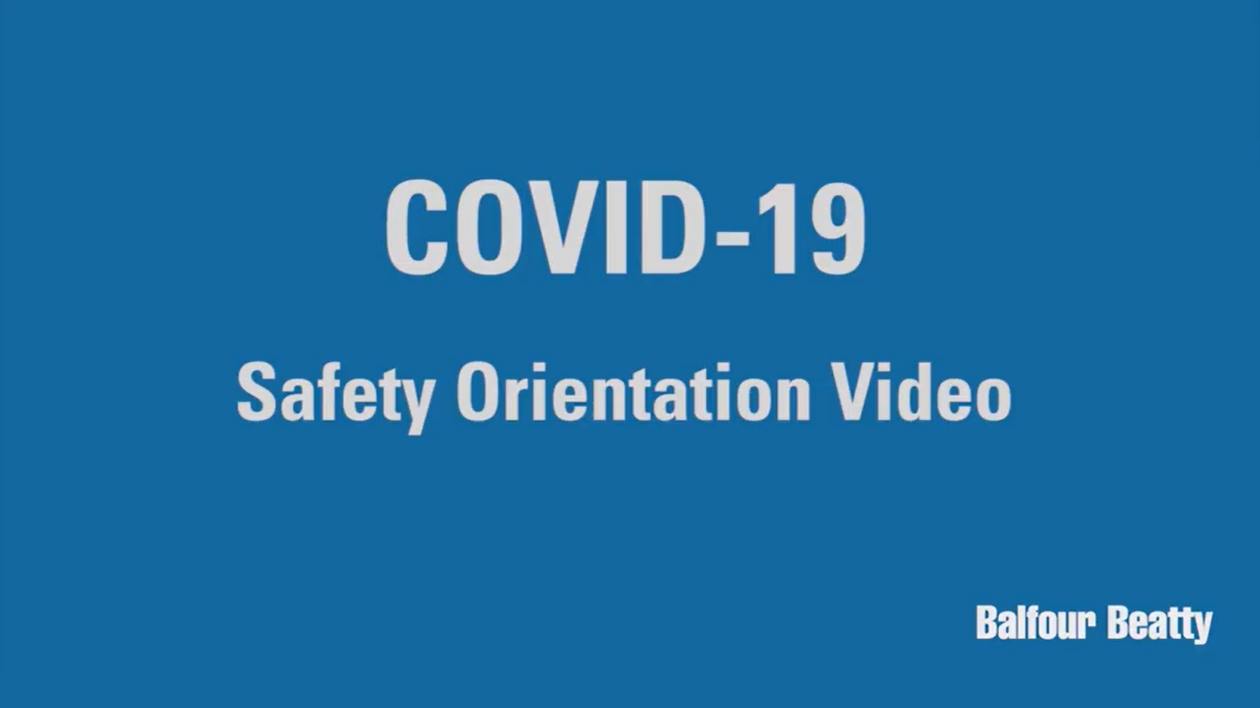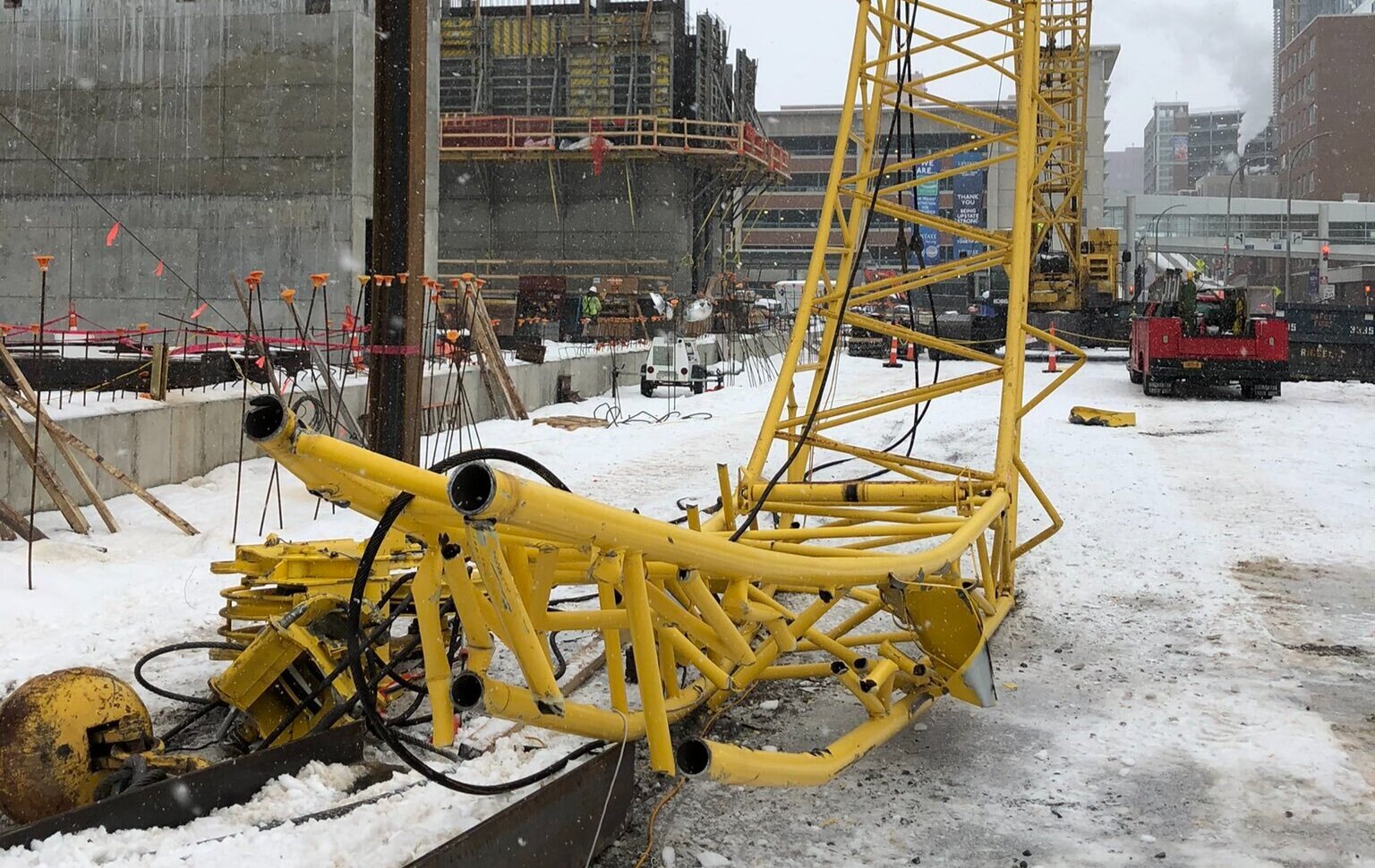After being enforced for a little over 2 years, the 2018 beryllium standards for construction are being revised to clarify the administration’s standards, and simplify and improve compliance, after pushback from industry groups. This move was also announced in the recently released Spring 2020 Unified Agenda of Regulatory and Deregulatory Actions from the White House.
Read moreOSHA Releases 2020 Citation Penalty Increase
For 27 years, from 1990 to 2016, OSHA citation penalty amounts remained the same. In 2016, citation amounts increased 78%, a significant increase to make up for the inflation over that 27 years. Starting in 2017, OSHA began to increase the penalty amounts each year in line to keep up with inflation and 2020’s increase was just announced.
Read moreOSHA Eliminates Electronic Filing Requirement for Forms 300 and 301, Citing Privacy Concerns
OSHA
As has been expected for a few months now, OSHA has officially removed the requirement for large companies with 250 or more employees to submit OSHA Forms 300 and 301. The administration cited privacy concerns as the reason for the change.
Read moreOSHA Announces Penalty Adjustment for 2019 Citations
Since the 2016 Federal budget was passed, OSHA has increased their maximum citation penalty amount to adjust for inflation on a yearly basis. The 2019 increase has recently been announced.
Read moreOSHA Publishes Report on Cause of 3 Tower Crane Collapses During 2017’s Hurricane Irma
Just over a year ago, in September of 2017, Hurricane Irma blew through Miami, Florida, bringing extremely high speed wind with it. The wind caused 3 cranes to collapse in southern Florida, 2 in downtown Miami and 1 more in Ft. Lauderdale. Interesting video of the dismantling of one of the failed cranes was shared on Youtube.
Read moreOSHA Clarifies Position on Post-Incident Drug Testing and Workplace Safety Incentive Programs
A 2016 OSHA final rule that requires construction companies to submit electronic injury and illness data on a yearly basis has been fraught with controversy since its release. Over the summer, OSHA proposed rollbacks on additional requirements that large companies with 250 or more employees had to follow after industry pushback. Most recently, the administration has clarified their position on post-incident drug testing and workplace incentive programs, which many organizations believed was unclear under the final rule.
In the original final rule, found in 29 C.F.R. § 1904.35, OSHA deemed that certain post-incident drug testing and workplace safety incentive programs could end up being unlawfully retaliatory against their employees. The belief was that, if done the incorrect way, those policies could end up discouraging incidents from being reported due to an employee’s fear of punishment.
Industry groups, including ABC, have long fought against that line of thinking, explaining that, without proper clarification from OSHA, the rule could make jobsites much less safe. On October 11, OSHA issued an official memorandum which explains that the Department does not prohibit workplace safety incentive programs or post-incident drug testing.
Per the memorandum, “The Department believes that many employers who implement safety incentive programs and/or conduct post-incident drug testing do so to promote workplace safety and health. In addition, evidence that the employer consistently enforces legitimate work rules (whether or not an injury or illness is reported) would demonstrate that the employer is serious about creating a culture of safety, not just the appearance of reducing rates. Action taken under a safety incentive program or post-incident drug testing policy would only violate 29 C.F.R. § 1904.35(b)(1)(iv) if the employer took the action to penalize an employee for reporting a work-related injury or illness rather than for the legitimate purpose of promoting workplace safety and health.”
With regards to safety based incentive programs, OSHA states that incentive program rewards for reporting hazards and near misses is always permissible. For incident rate based incentive programs which award a prize or bonus at the end of the time frame, the employer has to create an environment that does not discourage employees from reporting incidents. The Department offered suggestions for counterbalancing any negative effects a rate based incentive could cause:
an incentive program that rewards employees for identifying unsafe conditions in the workplace;
a training program for all employees to reinforce reporting rights and responsibilities and emphasizes the employer’s non-retaliation policy;
a mechanism for accurately evaluating employees’ willingness to report injuries and illnesses.
OSHA also mentions that most instances of drug testing are permissible under 1904.35(b)(1)(iv), including:
Random drug testing.
Drug testing unrelated to the reporting of a work-related injury or illness.
Drug testing under a state workers’ compensation law.
Drug testing under other federal law, such as a U.S. Department of Transportation rule.
Drug testing to evaluate the root cause of a workplace incident that harmed or could have harmed employees. If the employer chooses to use drug testing to investigate the incident, the employer should test all employees whose conduct could have contributed to the incident, not just employees who reported injuries.
Full story: Clarification of OSHA’s Position on Workplace Safety Incentive Programs and Post-Incident Drug Testing Under 29 C.F.R. § 1904.35(b)(1)(iv) | US DOL
OSHA Updates their National Emphasis Program on Trenching and Excavation Safety
OSHA
Last week, we shared some newly updated Trenching and Excavation safety information from OSHA, which was part of their priority goals for 2018. Those updates included a public service announcement and updated online resources. The administration has just announced the update of their National Emphasis Program (NEP) on trenching and excavation safety, which features a period of education and prevention outreach.
Read moreOSHA Enforcement of New Beryllium Exposure Standard is Now in Effect for Construction Industry
In March, OSHA announced that they would be enforcing their previously delayed beryllium exposure limit for the construction industry on May 11, 2018. The agency has recently confirmed that enforcement date in a memorandum on May 9, 2018.
Read moreOSHA Now Let’s You Search for Authorized OSHA 10 & 30 Outreach Trainers
It should be obvious that formal safety training is extremely important to running a successful safety program on any construction site. The most common route for construction employers to train their staff is through OSHA 10 and OSHA 30 courses, but, in the past, it was pretty confusing to determine who was actually authorized to teach the courses and where to find them.
Read moreOSHA Sets Penalty Increase Amount for 2018
When OSHA raised its citation penalty amounts for the first time since 1990 in 2016, it raised them 78% to catch up with inflation over that many years. It wasn’t just a one time increase, however, as the amended Federal Civil Penalties Inflation Adjustment Act of 1990 no longer exempts OSHA from its requirements.
Read more













Last summer, Hilti announced that they had developed their first exoskeleton designed for construction tradespeople in a partnership with Ottobuck, a prosthetics, orthotics, and exoskeleton provider. Earlier this month, Hilti officially released the exoskeleton, announced more details, and published its retail price on their website.